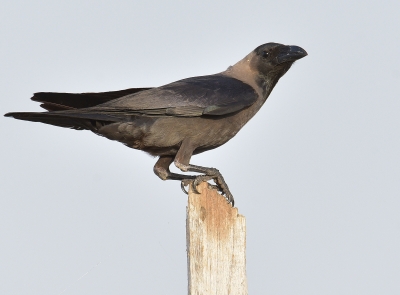

The Saharan Horned Viper or the Desert Horned Viper (Cerastes cerastes) is a reptile of the Serpentes species. It lives in the environment of the Kingdom of Saudi Arabia. It is dubbed as horned because its head is topped with a pair of supraocular horns. It is locally known as "Umm Junaib."
Characteristics of the Saharan horned viper
The Saharan horned viper has a thick body and a triangular head, which is common among venomous snakes. It has a relatively short tail. Its body length ranges between sixty and eighty cm. Its color reflects the color of the sandy environment in which it lives. The Saharan horned viper is a venomous snake. In fact, its upper jaw comprises a pair of tubular fangs connected to the venom gland located on the side of its head.
Environment of the Saharan horned viper
The Saharan horned viper usually breeds in sandy environments. It is one of the most commonly found snakes in sand dune areas. It slithers with a distinctive undulating movement, hence its local name, "Umm Junaib." It leverages the environment in favor of hiding, where it buries its body in the sand while keeping its head out to observe and hunt its prey.
The Saharan horned viper is a nocturnal animal. In fact, it is mostly active at night during which it seeks food. It feeds mainly on rodents and lizards in addition to other animals, such as birds. The Saharan horned viper hibernates during winter to protect itself against cold and food scarcity. However, it could be spotted outside its burrow whenever the weather is warm.
Threats posed by the Saharan horned viper
The Saharan horned viper poses a great danger due to its highly venomous nature. It is commonly found in sandy areas, where most injuries are thereto attributed. It is believed to be present in large numbers in the Kingdom. The venom of the Saharan horned viper attacks the blood system and breaks down blood cells. The amount of venom needed to kill a seventy kg human is estimated to be between forty and fifty mg, upon noting that this viper injects between one hundred and 180 mg of venom in a single bite.
Related quizzes
Related articles


